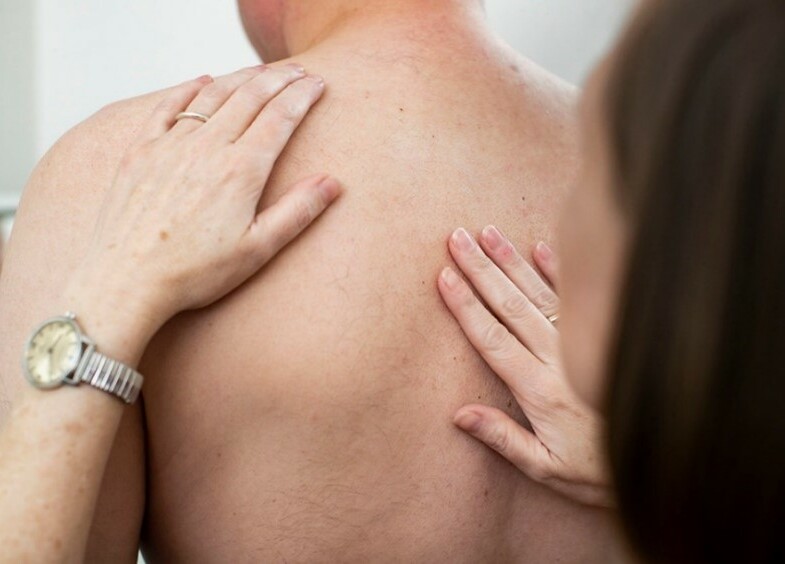Australia is the skin cancer capital of the world, with two out of every Australians being diagnosed in their lifetime. However, the good news is that when found early, there is a 95% chance of successful treatment. This means being familiar with your skin and knowing what to look out for can make all the difference.
We all have various spots, lumps and bumps on our skin, and many of them are harmless. Skin cancers rarely hurt and are much more frequently seen than felt. So, what do we need to look out for?
The ‘ugly duckling’
Most moles or spots on the body look pretty similar to each other. However, the ugly duckling, as the name implies, refers to a spot that stands out and looks just that bit different to those around them. The ugly duckling may be a single large dark mole in amongst a sea of smaller lighter moles, or it could be a single small light mole in amongst a sea of large dark moles. The point is that it sticks out from the rest of the crowd.
Changing spots
Look out for new spots, or spots that are changing in size, shape or colour. Also look out for non-healing sores.
These are some changes to look out for when checking your skin for signs of any cancer:
- New moles.
- Moles that increase in size.
- An outline of a mole that becomes notched.
- A spot that changes colour from brown to black or is varied.
- A spot that becomes raised or develops a lump within it.
- The surface of a mole becoming rough, scaly or ulcerated.
- Moles that itch or tingle.
- Moles that bleed or weep.
- Spots that look different from the others.
What should I do?
If you see something that concerns you, make an appointment to see your GP as soon as possible.
It’s important to regularly keep an eye on your own skin. Roughly every three months, or the start of each new season is a good way to remember. If you’re at high risk or have had skin cancer before, you may need to undergo regular professional skin checks or monitoring. Your doctor will advise about what is appropriate for you.
The appearance of skin cancer can vary significantly, but there are some things you can look out for.
For a simple guide on how to check your skin and some examples of what to look for, visit myUV.com.au/finding-skin-cancer.
Remember, the earlier skin cancer is found and treated, the better!
